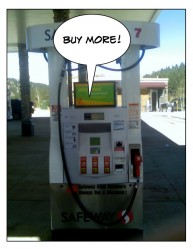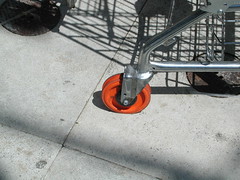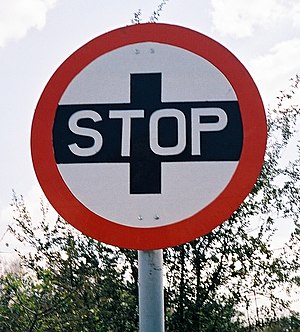A friend in Colorado (where apparently, this is common) stopped at the grocery store the other day to buy gas. There’s a speaker next to the pump.
As she started to pump the gas, a voice from the speaker immediately started urging her to buy some fuel additive! An additive she didn’t want or need.
All she wanted was to get some gas and then go home.
Grocery spam
She hit the button to make it stop. It kept going… and going. She stood there muttering at the thing, ‘Didn’t I just tell you to shut up? Stop it! Be quiet!”
Congratulations, gas company. You’ve just invented “grocery spam.”
Just because you can use technology to talk directly to people doesn’t mean you should – or that they want to hear what you’re saying.
That’s not permission marketing. That’s old-fashioned spam. It’s spam regardless of whether it’s at a gas pump, the grocery store, or an email inbox.
Ask permission first
Before you send your newsletter to someone, ask if they’re interested. If they already get your newsletter A, ask before you start sending newsletter B.
Cell phone text marketing can be effective for sales and coupons (particularly if it’s combined with location tracking). Don’t send them to people who didn’t specifically request them. It’s not only annoying, it’s illegal in the US.
Captive audience isn’t your audience
My personal least favorite: captive marketing: ads in elevators, ads in restroom stalls, ads on line at the grocers. Don’t invent new and different kinds of spam.





